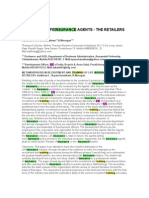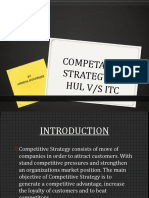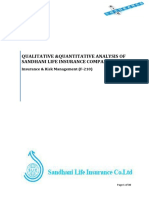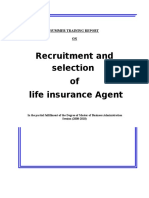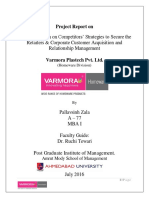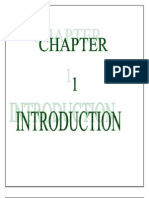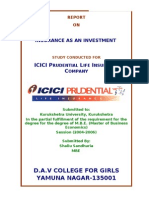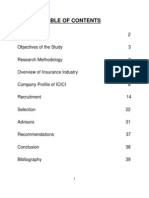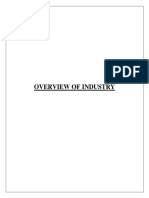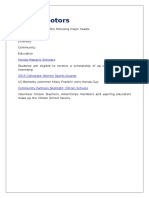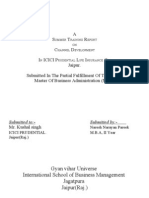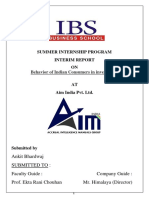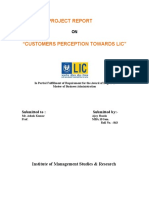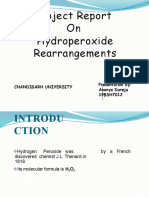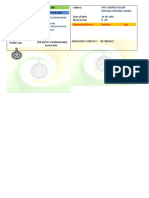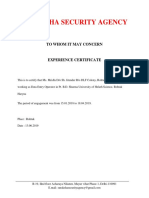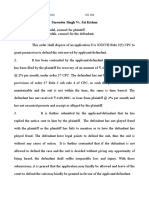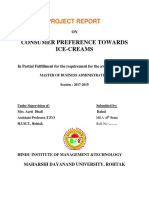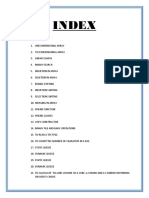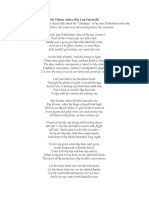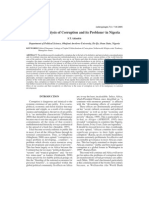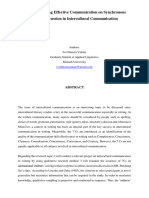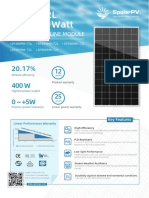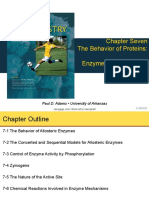0% found this document useful (0 votes)
127 views63 pagesProject Report
The document is a summer project report on customers' perceptions of LIC of India. It provides background on the history and nationalization of life insurance in India. LIC is now the largest life insurer with over 2,000 offices across the country. The report outlines LIC's core values of integrity, caring, and innovation. It aims to study customers' views of LIC's products, promotion strategies, services, and customer relationship management in the competitive insurance market. Primary and secondary data collection methods are used with a sample of 100 LIC customers in Panipat.
Uploaded by
Anil BatraCopyright
© © All Rights Reserved
We take content rights seriously. If you suspect this is your content, claim it here.
Available Formats
Download as DOC, PDF, TXT or read online on Scribd
0% found this document useful (0 votes)
127 views63 pagesProject Report
The document is a summer project report on customers' perceptions of LIC of India. It provides background on the history and nationalization of life insurance in India. LIC is now the largest life insurer with over 2,000 offices across the country. The report outlines LIC's core values of integrity, caring, and innovation. It aims to study customers' views of LIC's products, promotion strategies, services, and customer relationship management in the competitive insurance market. Primary and secondary data collection methods are used with a sample of 100 LIC customers in Panipat.
Uploaded by
Anil BatraCopyright
© © All Rights Reserved
We take content rights seriously. If you suspect this is your content, claim it here.
Available Formats
Download as DOC, PDF, TXT or read online on Scribd
/ 63

